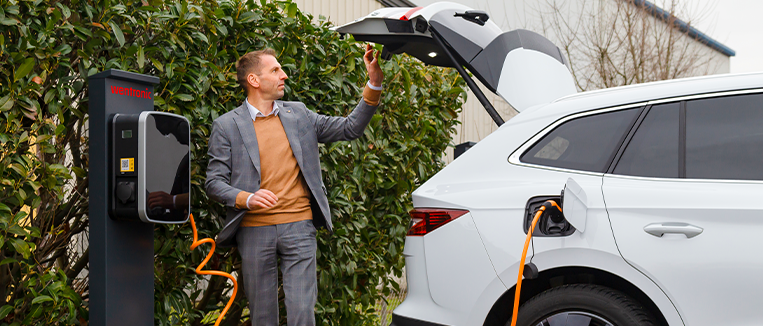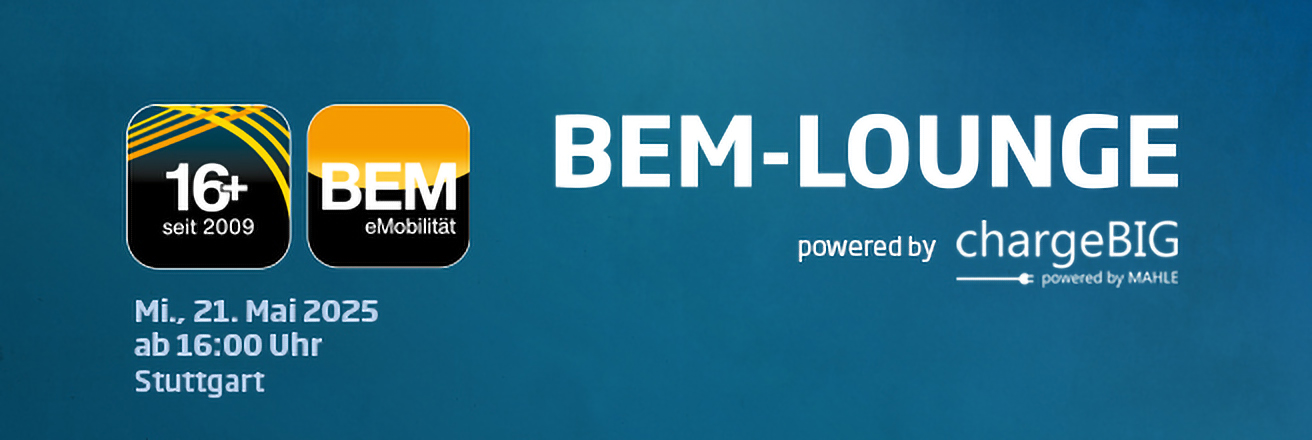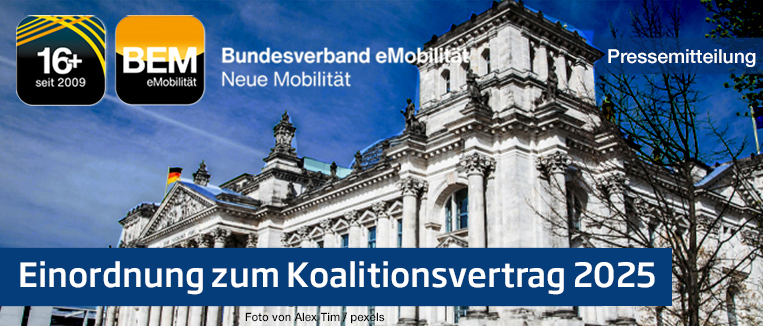
»Homework« for the mobility revolution – Interview with Markus Emmert on e-mobility in Germany
BEM board member Markus Emmert introduced Wentronic GmbH and Lapp Mobility GmbH to each other, thus providing the impetus for a promising co-operation. In his role as head of the BEM working groups, he immediately recognised the potential. During his visit, he revealed to us how companies can not only follow trends, but actively shape them, and why competition must be rethought for the mobility revolution.
What added value does membership of the BEM offer?
On the one hand, it’s about identifying trends in politics. In other words, knowing where the journey is heading and how I need to position myself in order to be able to participate or even be a pioneer. But it goes one step further: through our working groups, BEM members can participate in regulatory processes and help shape the framework conditions for eMobility at national and European level in the interests of their customers. The focus is also on partnerships – from small collaborations on guidelines to larger ones such as co-operations or joint ventures. Of course, we also look left and right to see how market competitors are positioned.
What potential do you see in the co-operation between Wentronic and Lapp Mobility?
The co-operation between the Lapp Group and Wentronic is only at the beginning of its potential for success. Both family-owned companies bring creativity, credibility, a solid foundation and plenty of motivation – that sounds like a classic recipe for success!
Which countries are Germany’s biggest competitors in the eMobility market?
Competition means competition that can be lost. We are talking about a technological change that serves climate protection and helps mankind. There are no losers, only winners. In purely statistical terms, the Scandinavian countries are clearly ahead with new registrations for e-cars and the Netherlands has a better charging infrastructure density. But you have to look at the big picture: The less demanding topography compared to Germany and the relatively outdated charging systems relativise the Netherlands’ lead again. It is important that each country recognises its own homework and ultimately implements it.
What does this “homework” consist of?
We need to make collaboration even more fluid and optimise logistical and ongoing regulatory processes in order to keep up with this rapid pace. We have endless opportunities and huge potential. But we cannot rest on our laurels and hope that “it will come to us”. Because if we do not actively support and participate, then the market will not come to us, but to others who are ready for it.
Another e-charging cable – how useful is it?
And if 234 companions use the same product, only one is round, the other is square, one is purple and the other is white – so what? In principle, it’s no different in the automotive sector. A car is – abstractly speaking – a solution with four wheels and an engine. So every car could be manufactured in the same way and look the same. And yet every vehicle is fundamentally different, even among the manufacturers themselves, who come up with different models. Why is that? Clearly because tastes differ. The price is not the only decisive factor when buying a product. The parameters of comfort, convenience, serviceability and, in some cases, status are also decisive. The customer always asks himself: Which solution fits best into my life? That’s why a plethora of providers of the same products means more room for manoeuvre for the consumer when it comes to making a decision, which tends to be in favour of eMobility. From the BEM’s point of view, this is a welcome development that will help Germany move forward.



